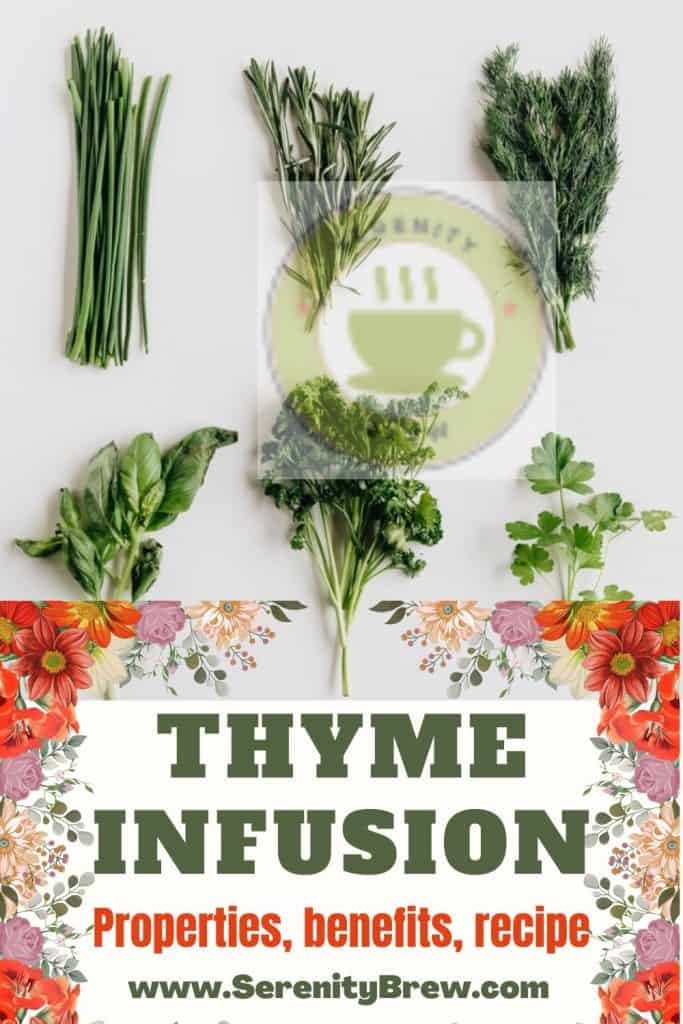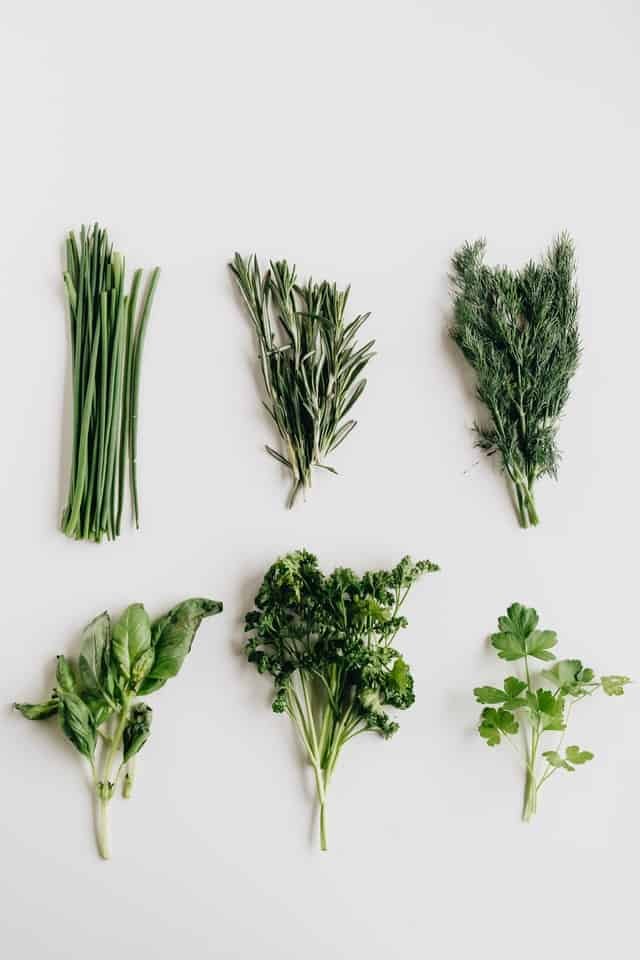
Thyme (Thymus vulgaris) is a bush appreciated for its value as a condiment and as a medicinal plant. It belongs to the labiatae family, like rosemary, mint or basil.
It is a plant native to the Mediterranean areas of southern Europe. It is easy to find it throughout the Iberian Peninsula in the wild on calcareous and sunny soils from sea level to 1800 meters.
Thyme is rich in essential oils that give it a penetrating aromatic smell. Its scientific name thymus is said to derive from the Greek word thyein, meaning aroma.
What can you use thyme infusion for?
Treatment of eye infections
Thyme has antibacterial and antiseptic properties that make it used to clean wounds or to treat ailments such as conjunctivitis.
Mouthwash
The antiseptic properties of thyme infusion make it a good mouthwash that can help fight minor infections in the mouth and also eliminate bad breath.
Airway problems
Thyme is used to combat coughs, sore throats, colds, bronchitis, asthma or sinusitis. Its antiseptic, anti-inflammatory and expectorant properties make it an effective natural remedy to treat many conditions of the respiratory system.
A researchers studied the effects of thyme on patients with acute bronchitis and productive cough. The results showed a substantial reduction in cough and a better recovery time in those patients who consumed the thyme infusion compared to those who were given a placebo.
Digestive conditions
Thyme infusion is also a good remedy for indigestion, gastritis and flatulence due to its anti-inflammatory and diuretic properties and to promote the expulsion of gases. In addition to being digestive, its infusion is often used to promote appetite.
Invigorating
Traditionally, thyme tea has been offered to convalescents for its tonic and stimulating benefits. Also in cases of illness or weakness, thyme infusion serves to stimulate the appetite and calm the digestive system.
Nutrients
Thyme is a source of nutrients, including vitamins and minerals such as zinc, calcium, phosphorus, potassium, magnesium, thiamin, iron, riboflavin, niacin and vitamin A.
Thyme also provides acids such as oleic and palmitic and is rich in amino acids.
The abundant essential oils in its leaves are responsible for its aroma and many of its health benefits. They have shown antibacterial and antifungal effects.
Thyme essential oils include anethole, borneol, carvacrol, cineus, and thymol. The latter is a common component of toothpastes as it helps prevent cavities.
Collection and drying
Thyme blooms in spring, between April and May. Tradition says that the best time to collect it coincides with Holy Week, especially on Good Thursday or Good Friday, always with the sun setting.
The explanation of this tradition has to do with the lunar cycles. Both dates coincide with the full moon; in fact, Holy Week and Easter celebrations coincide with the first full moon of spring.
Popular knowledge says that the virtues of thyme and medicinal plants increase if they are harvested coinciding with the full moon and that thyme harvested on these dates does not lose its flower when it dries.
Never uproot the clump, just break off the branches you need. This will allow the rest of the plant to continue growing for next year. Thyme sprigs can snap easily, so you won’t need scissors. Select branches where flowers abound.
Thyme is a woody shrub, drying it won’t cost you much. To dry thyme, spread it on newspaper in a well-ventilated, shaded place. In a few days you will see that the leaves easily detach from the stem
Preparation
Thyme infusion is a great remedy for stomach aches or indigestion. Take it on an empty stomach or after eating.
quantities
Use amounts between 5 and 10 grams of thyme per cup of water. About one to two teaspoons.
Water temperature
Heat the water to its boiling point. Don’t worry, 100ºC.
Time
Let the infusion rest for at least 5 minutes.
An alternative way to prepare it is to boil the thyme for about 10 minutes to get a solution that can be used to wash and treat skin problems or as a gargle to heal inflammation and sores in the mouth.
A culinary variant of this is the thyme soups, a traditional Catalan soup made with thyme, garlic, oil and dry bread typical of the winter months.
History
The use of thyme as a medicinal plant has been documented for a long, long time. During its history, it has played therapeutic, cultural and religious roles in the hands of different cultures.
Thyme was already used in ancient Greece to treat wounds and perfume baths and even temples. The Egyptians were also aware of the properties of thyme and used thyme in their embalming and mummification rituals.
The Romans believed that eating it protected them from poison, which made this humble plant a favorite of emperors. It is believed that the Romans were the cause of the spread of thyme throughout Europe, since they also popularly used it in rituals to purify their homes. There are indications that already at that time it was cultivated for culinary and medicinal purposes. Since then, its use in cooking and as a medicinal plant has been maintained in the Iberian Peninsula to this day.
Later, in the Middle Ages, it was used as a medicinal herb to treat many conditions and also as a substitute for incense at funerals.
The association of thyme, as a purifying plant that revives every year, continues to this day. Tradition says that thyme must be harvested at Easter to maintain all its properties…
Go out to the field

Having a little dried thyme at home will allow you to access a natural, homemade and effective remedy for many small common health problems such as colds, indigestion or conjunctivitis.
Take advantage of spring to enjoy the countryside and, by the way, pick up a little flowering thyme.
